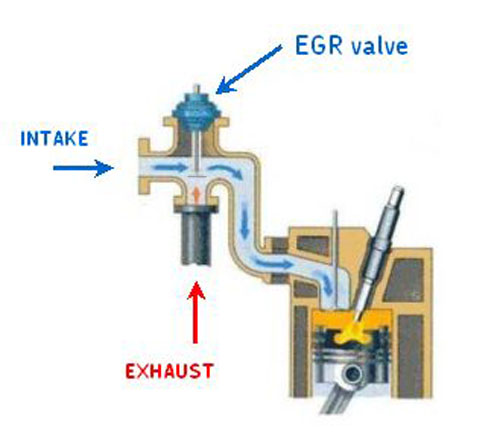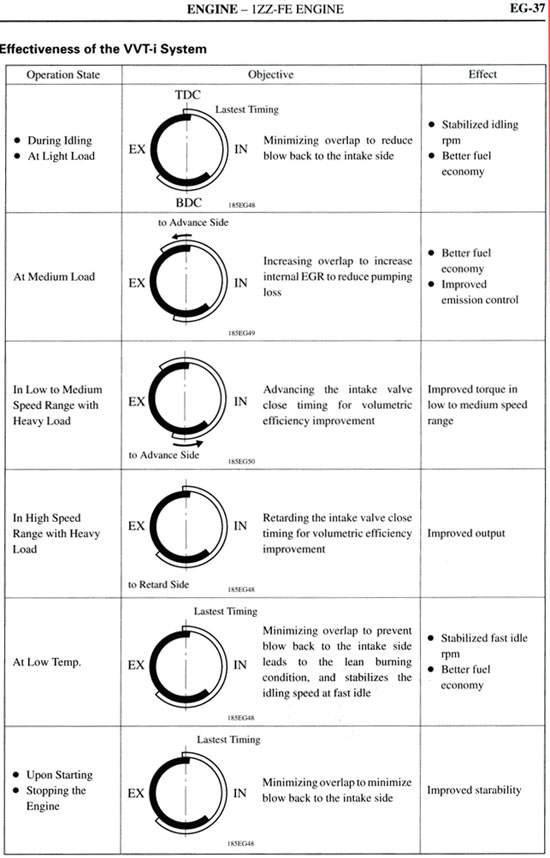ANY emission control component is illegal to remove or disable these days. So headers having no EGR provision installed on a vehicle that had EGR originally is "illegal."kassim503 wrote: Just a question thats sorta related to headers but has nothing to do with the SD22, Do I have to run a EGR valve with headers to pass inspection (headers for the maxi)? Can I take it off or do I have to weld up a bung to connect the tube? If I do thats going to be a pain to do. Think I can just run the tube under the intake manifold and itll look like its connected and ill pass?
Back to diesels, certainly the applied legality hinges on whether or not diesel passenger cars in your area/state are being checked periodically for exhaust emissions. Visual and operational checks are made so when the specs say the vehicle was originally sold with EGR, the EGR system has to be in place AND pass a functional test.
I have tried running my SD22 (bosch inline pump) with and without EGR and with some different injection timing settings. So long as the timing is stock or a couple degrees over advanced, EGR makes no difference in power or fuel mileage. But with timing retarded a bit and EGR operative, the throttle response is not as crisp. Slight drop in fuel mileage.
Also on my SD powered pickup, the vacuum amplifier's calibration will modulate the EGR valve when intake manifold vacuum is extra high (coasting condition)(remember, the inline pump uses a air throttle body). This has the effect of slightly extending the time the engine takes to return to idle. This effect is most noticable when quick shifting 1-2 and 2-3.

